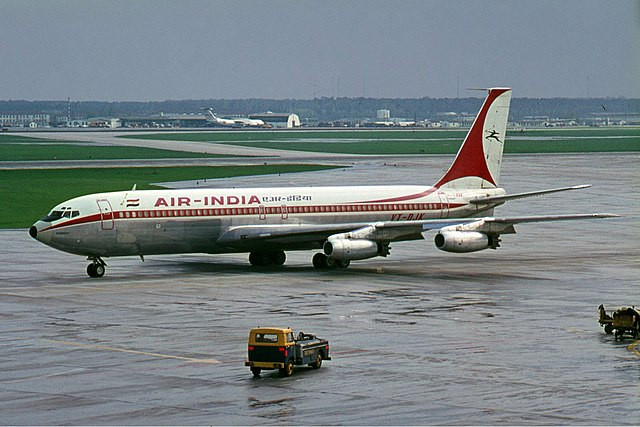India's aviation authority has released preliminary findings into the June 12 crash of Air India Flight 171, revealing that both engines of the Boeing 787 Dreamliner lost power seconds after takeoff when their fuel-control switches moved to the "cutoff" position. The incident, which killed 260 people and left only one survivor, is being described by investigators as an anomaly that has raised serious concerns about mechanical operation and cockpit dynamics.
At 8:08 a.m. UTC, shortly after departing from Ahmedabad's Sardar Vallabhbhai Patel International Airport en route to London Gatwick, "the Engine 1 and Engine 2 fuel cutoff switches transitioned from RUN to CUTOFF position one after another with a time gap of 01 sec," the Aircraft Accident Investigation Bureau (AAIB) reported. According to cockpit voice recordings, one pilot was heard asking, "Why did he cut off?" The other responded, "I did not do so." Investigators have not identified which pilot made which remark.
The Dreamliner remained airborne for less than two minutes. One pilot issued a distress signal at 8:09 a.m.-"Mayday, Mayday, Mayday"-before all contact with air traffic control ceased. At 8:14 a.m., the aircraft crashed into a college hostel building near the airport and burst into flames, killing all 12 crew members and 229 of the 230 passengers onboard. The sole survivor, 23-year-old Vishwashkumar Ramesh, described the aftermath from his hospital bed: "I walked out of the rubble. I saw people dying in front of my eyes-the air hostesses and two people."
Ramesh said the plane "felt stuck in the air" immediately after liftoff, and he noticed flickering green and white lights moments before the crash. "Even I can't believe how I came out of it alive," he told DD News.
Investigators noted that the fuel switches, which are centrally located on the Boeing 787's flight deck, require deliberate force to operate and cannot be toggled accidentally. Both switches were found in the "run" position at the crash site. Seconds after the engines were starved of fuel, the switches reportedly flipped back to "run," initiating a restart sequence. One engine had begun to regain power before the aircraft impacted the ground, while the other had relit but was not yet stabilized.
Airport CCTV confirmed that the aircraft's ram air turbine (RAT)-a backup power source deployed only in emergencies-was triggered during the climb, further indicating a total power failure. Data from the aircraft's enhanced airborne flight recorder (EAFR) showed the thrust levers were near idle at the time of the crash, though earlier data suggested they had remained in the forward takeoff position until impact.
The report stated that the crew had passed preflight alcohol tests and had adequate rest. The aircraft had no reported mechanical issues, was within weight limits, and had been refueled with clean, tested fuel. No adverse weather or bird activity was recorded. The flight was commanded by Capt. Sumeet Sabharwal, with First Officer Clive Kunder at the controls during takeoff.
Attention has also turned to a 2018 FAA advisory noting that fuel-control switches on similar Boeing models may have had their locking features disengaged. Though not classified as an unsafe condition requiring mandatory correction, the advisory had recommended inspections. Air India did not carry them out. "As per the information from Air India, the suggested inspections were not carried out as the SAIB was advisory and not mandatory," the AAIB wrote.
No immediate directives have been issued regarding the Boeing 787-8 or its engines, though the investigation remains active. The engines have been quarantined and wreckage moved to a secure site. A limited quantity of fuel samples is undergoing analysis. Final conclusions await further data retrieval and examination.
Air India issued a statement following the release: "Air India stands in solidarity with the families and those affected by the AI171 accident. We continue to mourn the loss and are fully committed to providing support during this difficult time."






